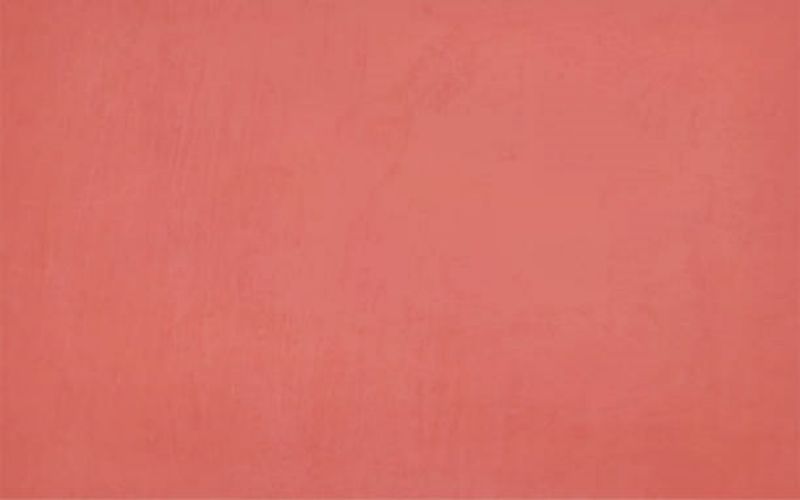Table of Contents

Understanding Blended Fabric: Definition and Composition
Blended fabric refers to a textile material composed of two or more different types of fibers combined together. These fibers can be natural, synthetic, or a combination of both. The purpose of blending fibers is to create a fabric that possesses the desired characteristics of each individual fiber, resulting in enhanced performance, durability, and comfort.
The Advantages of Blended Fabrics
Blended fabrics offer several advantages over single fiber fabrics. By combining different fibers, manufacturers can create fabrics that are wrinkle-resistant, shrink-resistant, and more durable than fabrics made from a single type of fiber. Blended fabrics also tend to be more affordable compared to fabrics made solely from natural fibers.
The Most Common Types of Blended Fabrics
There are numerous types of blended fabrics available in the market today. Some of the most common types include:
- Polyester-Cotton Blend: This blend combines the strength and durability of polyester with the softness and breathability of cotton.
- Wool-Synthetic Blend: This blend combines the warmth and insulation of wool with the moisture-wicking and quick-drying properties of synthetic fibers.
- Rayon-Polyester Blend: This blend combines the softness and drape of rayon with the strength and wrinkle-resistance of polyester.
Blending Techniques in Fabric Production
There are various techniques used in blending fibers during fabric production. These include:
- Carding: In this technique, fibers are mixed together using a carding machine, creating a web-like structure that is then transformed into yarn.
- Combing: This technique involves aligning and parallelizing the fibers, resulting in a smoother and finer yarn.
- Air Jet Spinning: In this method, fibers are blended and spun using compressed air, creating a lightweight and uniform fabric.
Applications of Blended Fabrics
Blended fabrics find applications in various industries, including:
- Fashion and Apparel: Blended fabrics are widely used in the fashion industry for creating garments that combine the advantages of different fibers.
- Home Furnishings: Blended fabrics are used in the production of curtains, upholstery, and bedding, offering a balance of comfort and durability.
- Automotive: Blended fabrics are utilized in the automotive industry for manufacturing seat covers and interior trims, providing both aesthetics and functionality.
Blended Fabrics Care and Maintenance
Proper care and maintenance are essential to prolong the lifespan of blended fabric garments. It is important to follow the care instructions provided by the manufacturer, which may include specific washing, drying, and ironing recommendations. Additionally, storing blended fabric garments in a cool and dry place can help prevent damage and maintain their quality over time.
Blended Fabrics vs. Natural Fabrics: A Comparison
While blended fabrics offer numerous advantages, it is important to consider the differences between blended fabrics and natural fabrics. Natural fabrics, such as cotton and silk, have their own unique properties and characteristics. They may be more breathable and hypoallergenic compared to blended fabrics. However, blended fabrics often offer enhanced durability and performance, making them suitable for various applications.
The Future of Blended Fabrics
With advancements in textile technology, the future of blended fabrics looks promising. Researchers and fabric manufacturers continue to explore innovative blends that combine the best qualities of different fibers. This includes incorporating sustainable and eco-friendly fibers into blends, creating fabrics that are not only functional but also environmentally conscious.
In Conclusion
Blended fabric is a versatile and widely used textile material that combines the advantages of different fibers. From improved durability to enhanced performance, blended fabrics offer numerous benefits for various industries and applications. Understanding the composition, blending techniques, and care instructions for blended fabrics can help consumers make informed choices and ensure the longevity of their garments.
